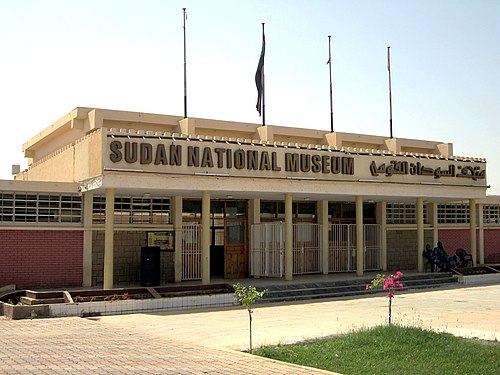By Web Desk
The National Museum of Sudan or Sudan National Museum, abbreviated SNM, is a two-story building, constructed in 1955 and established as national museum in 1971. Before its destruction during the Sudanese civil war, the museum held an estimated 100,000 objects covering thousands of years of Sudan’s history, ranging from the Nubian kingdoms and the Kushite empire to the country’s Christian and Islamic periods.
Before the Sudanese civil war that started in April 2023, the museum building and its surrounding gardens housed the largest and most comprehensive Nubian archaeological collection in the world, including objects from the Paleolithic through to the Islamic period, originating from every site of importance in Sudan.[1] A significant catalyst for the museum’s creation was the large number of relocated artefacts as a result of the 1960–1980 International Campaign to Save the Monuments of Nubia.
In particular, the museum comprised collections of the following periods of the history of Sudan: Paleolithic, Mesolithic, Neolithic, A-Group culture, C-Group culture, Kerma Culture, Middle Kingdom of Egypt, New Kingdom of Egypt, Napata, Meroë, X-Group culture and medieval Makuria. The museum is located on Nile Avenue in Khartoum‘s al-Mugran area, close to the confluence of the White and the Blue Nile.

































